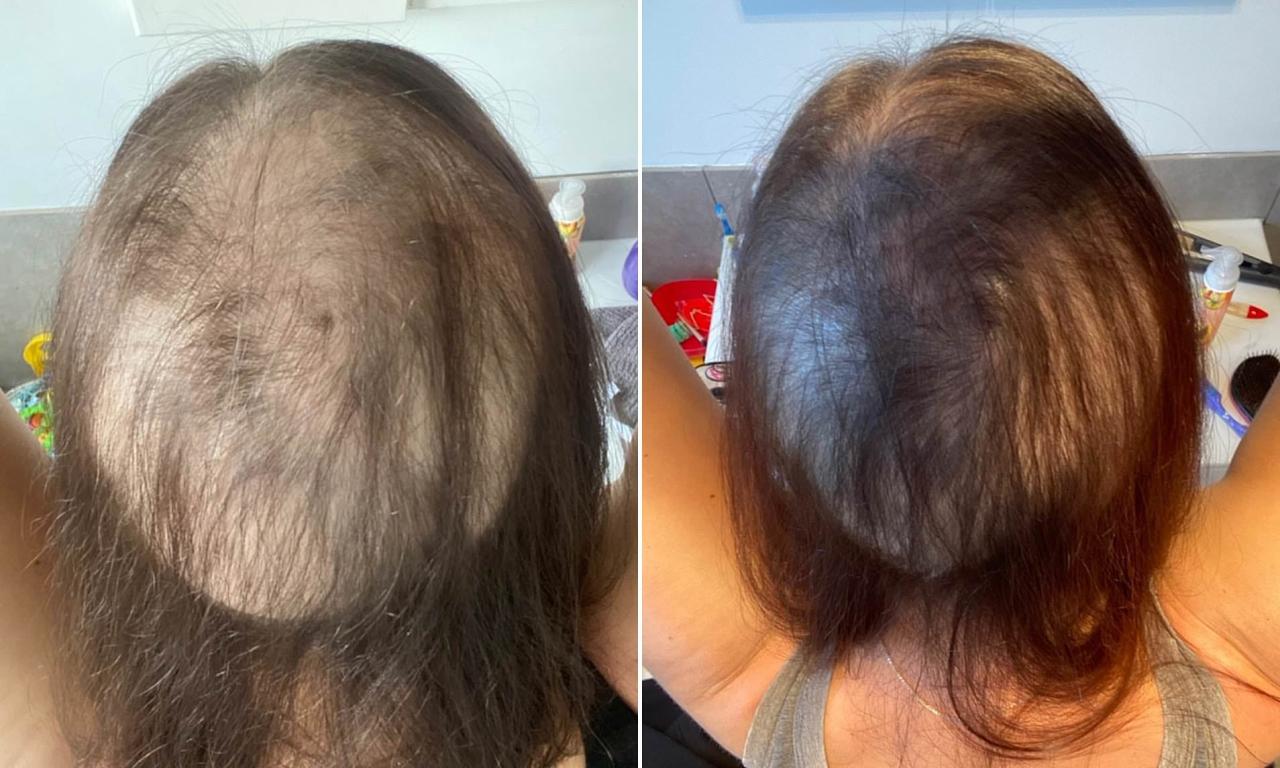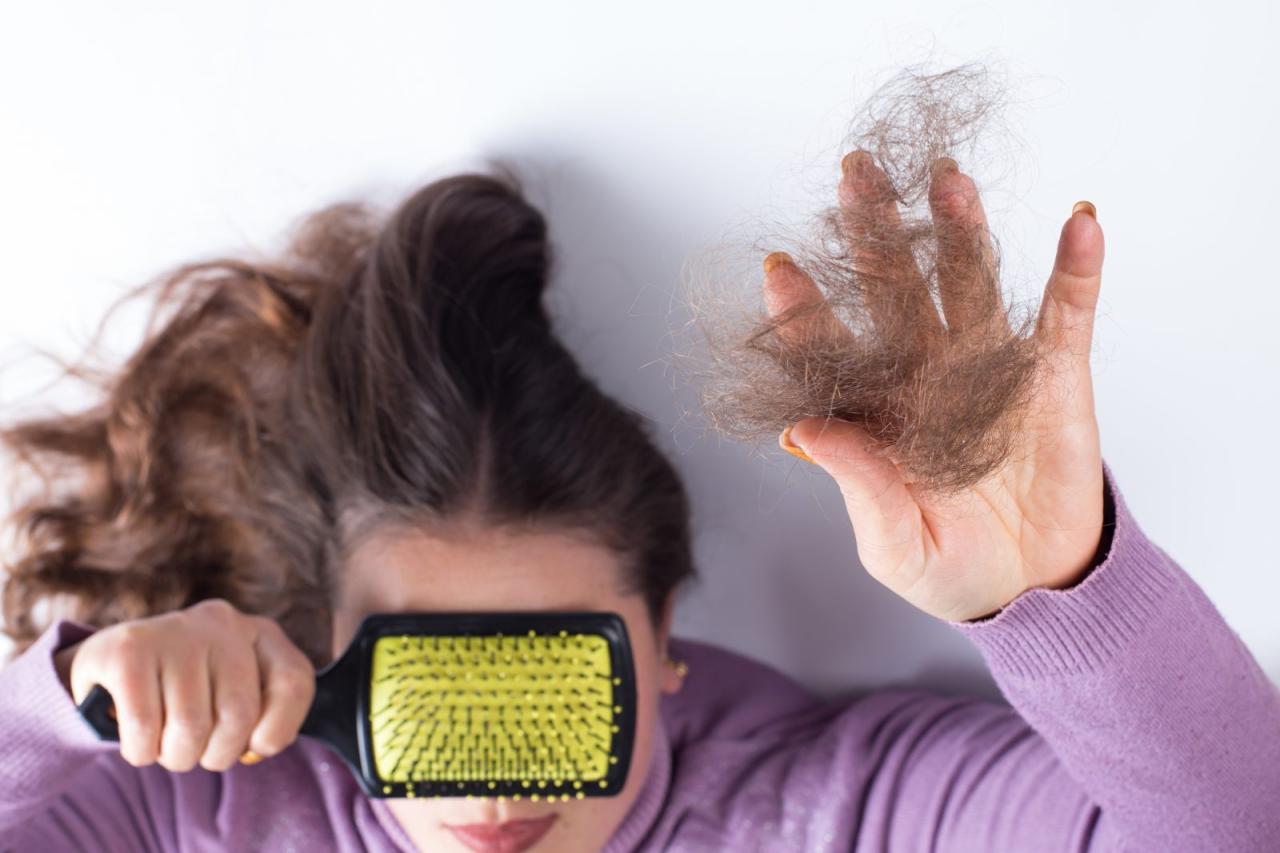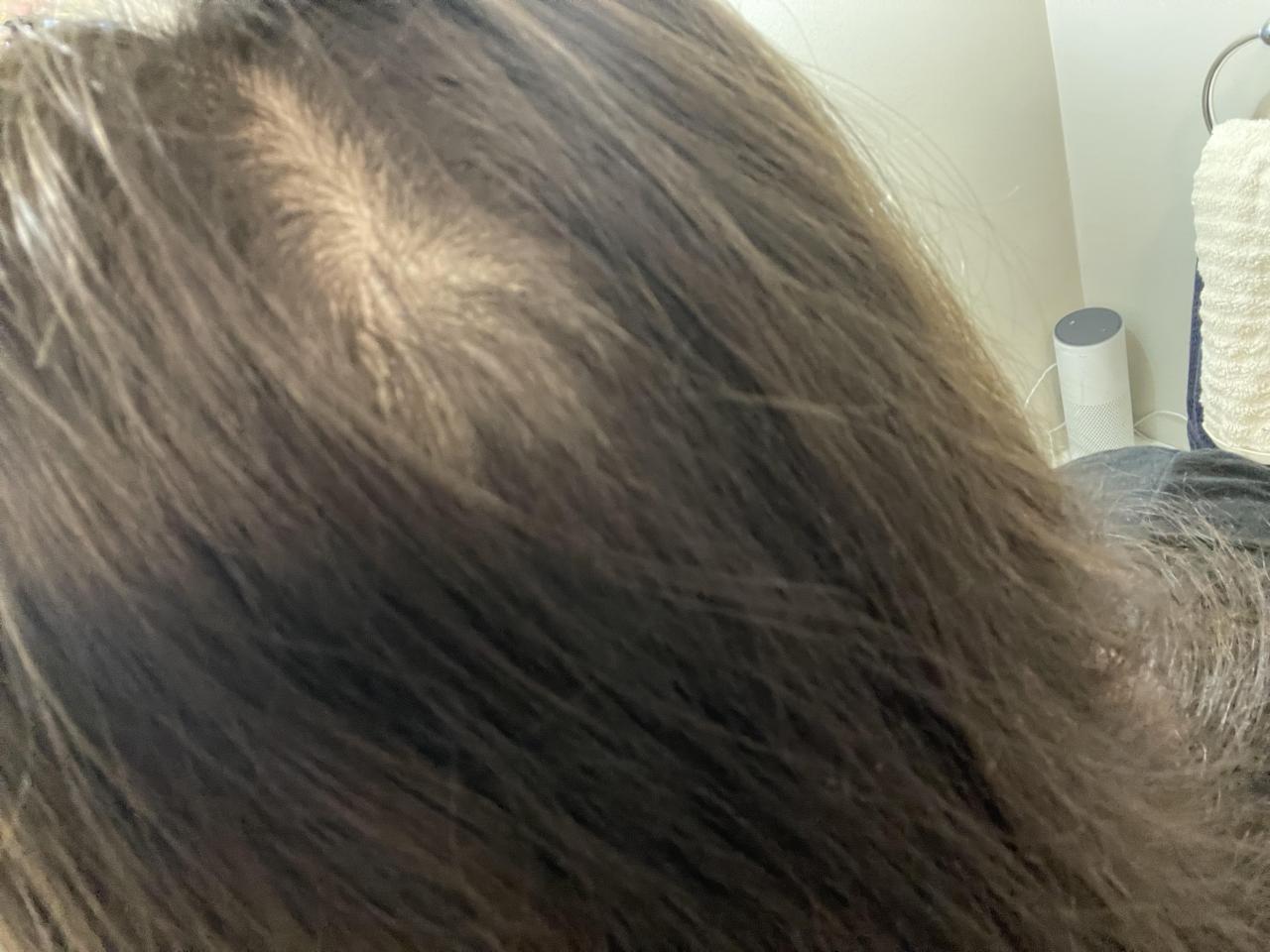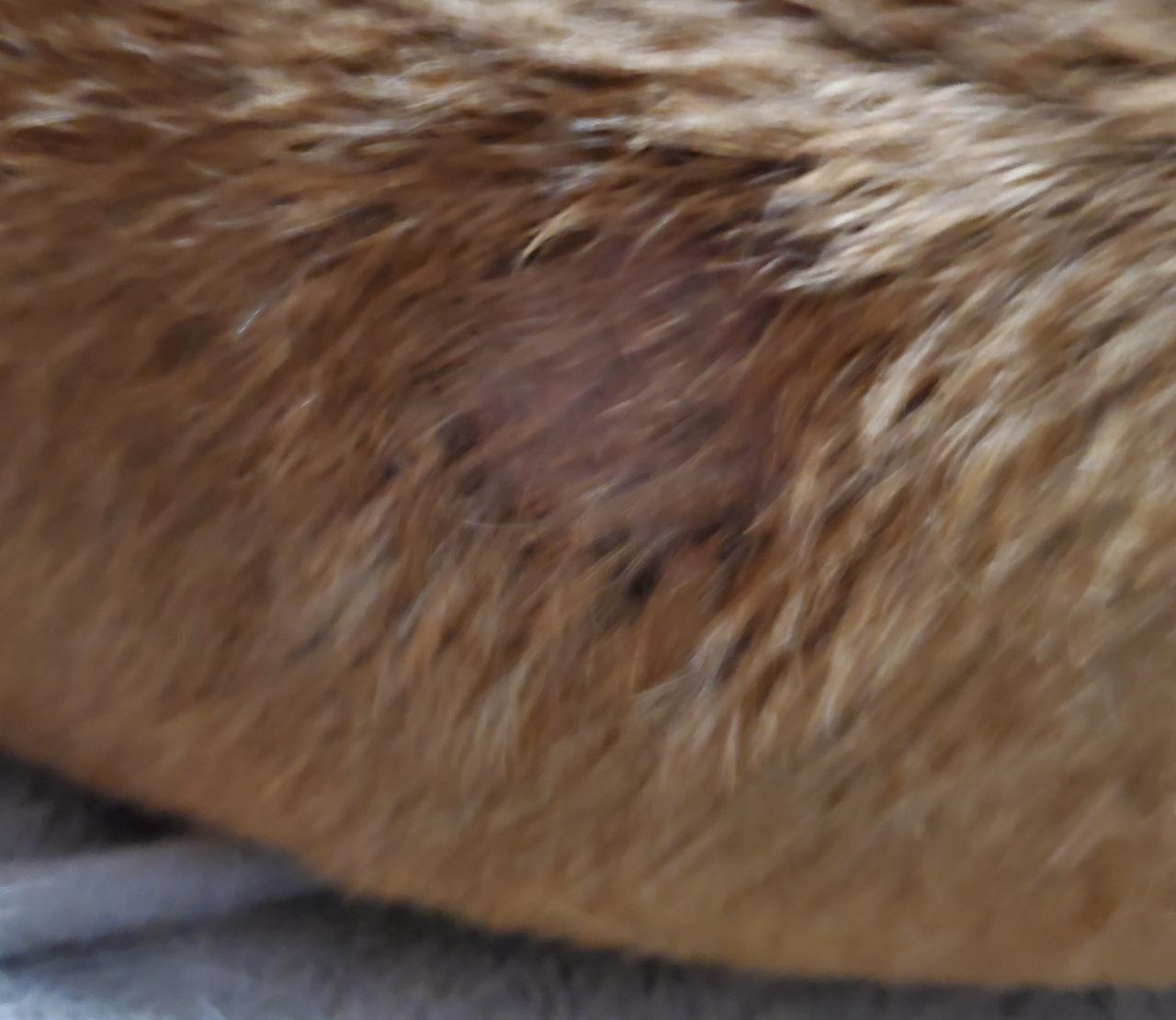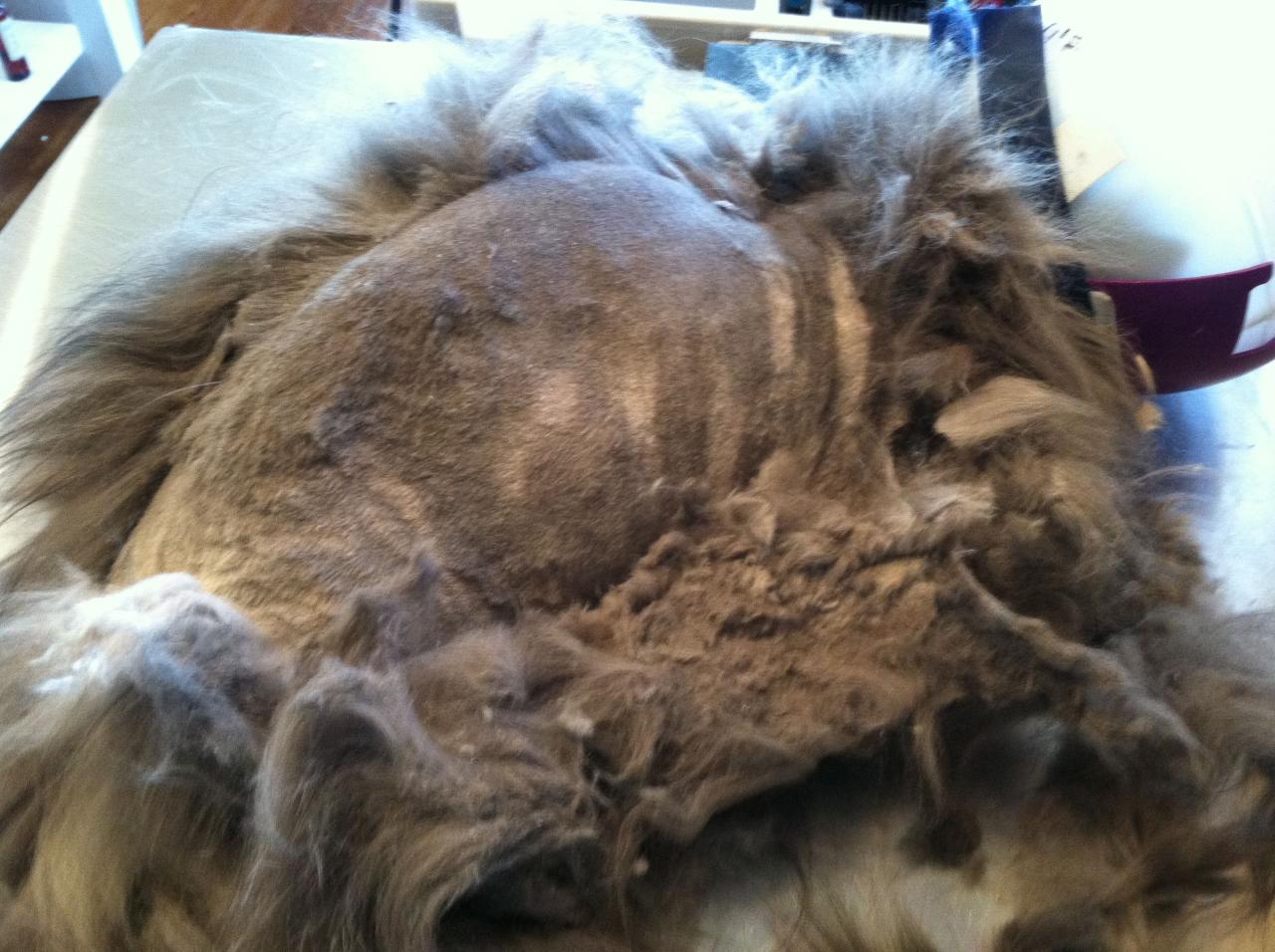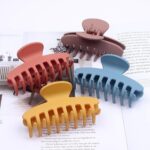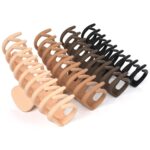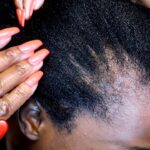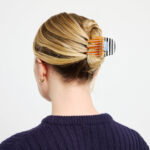Hair chunks, a peculiar hair loss condition, manifest as distinct clumps of hair falling out. Explore the causes, prevention, and treatment strategies to regain healthy, luscious locks.
This comprehensive guide delves into the complexities of hair chunks, empowering you with knowledge and practical solutions to address this hair loss concern effectively.
Definition and Characteristics
Hair chunks refer to noticeable clumps of hair that detach from the scalp in one piece. These chunks typically vary in size and shape, ranging from small coin-sized pieces to larger, palm-sized clumps.
Hair chunks have a distinct texture that differs from other forms of hair loss. Unlike hair shedding, which involves the loss of individual strands, hair chunks involve the detachment of multiple hairs that are held together by a common root. The texture of these chunks can be dry, brittle, or elastic, depending on the underlying cause of the hair loss.
Causes, Hair chunks
Hair chunks can result from various factors, including:
- Traction alopecia: Excessive tension or pulling on the hair, such as from tight hairstyles or hair extensions, can lead to hair breakage and the formation of hair chunks.
- Trichotillomania: A mental health condition characterized by the irresistible urge to pull out one’s hair, resulting in hair chunks.
- Medical conditions: Certain medical conditions, such as alopecia areata and lupus, can cause hair loss in patches, resulting in hair chunks.
- Hormonal changes: Hormonal imbalances, such as those experienced during pregnancy, menopause, or thyroid issues, can contribute to hair loss and the formation of hair chunks.
- Nutritional deficiencies: Deficiencies in certain nutrients, such as iron, biotin, or protein, can weaken hair and make it more susceptible to breakage and hair chunk formation.
Causes of Hair Chunks
Hair chunks, also known as hair breakage, occur when individual strands of hair break off at the root or along the shaft. The most common causes of hair chunks include:
- Physical trauma: Hair can be damaged by excessive brushing, combing, or heat styling. Tight hairstyles, such as ponytails and braids, can also put stress on the hair and cause breakage.
- Chemical damage: Chemical treatments, such as hair dyes, bleaches, and relaxers, can weaken the hair shaft and make it more susceptible to breakage.
- Nutritional deficiencies: A lack of essential nutrients, such as protein, iron, and biotin, can lead to weak and brittle hair that is more prone to breakage.
- Hormonal imbalances: Hormonal changes, such as those that occur during pregnancy, menopause, or thyroid problems, can affect hair growth and lead to hair breakage.
- Medical conditions: Certain medical conditions, such as alopecia areata, can cause hair loss and breakage.
Prevention and Treatment
Preventing hair chunks involves addressing both external and internal factors. Treatment options range from medications to surgical interventions, depending on the severity of the condition.
Prevention
Protecting Hair from Physical Damage: Avoid harsh brushing, excessive heat styling, and chemical treatments that can weaken hair and make it more susceptible to breakage.
Hair chunks are an essential tool for styling hair into various shapes and styles. They come in a variety of sizes and materials, making them suitable for all hair types. One popular type of hair chunk is the alligator clip , which is made of metal and has a strong grip that can hold hair securely in place.
Alligator clips are ideal for sectioning hair, creating buns, and holding back bangs.
Using Gentle Hair Care Products: Opt for sulfate-free shampoos, conditioners, and styling products that cleanse and nourish hair without stripping it of its natural oils.
Maintaining a Healthy Diet: Ensure a balanced diet rich in vitamins, minerals, and antioxidants that support hair health, such as vitamin C, zinc, and omega-3 fatty acids.
Addressing Underlying Medical Conditions: Treat any underlying medical conditions that may contribute to hair loss, such as thyroid disorders, hormonal imbalances, or nutritional deficiencies.
Treatment
Medications: Minoxidil and finasteride are medications that can stimulate hair growth and prevent further hair loss.
Topical Treatments: Over-the-counter topical treatments containing ketoconazole or salicylic acid can help reduce inflammation and promote scalp health.
Hair Transplantation: In severe cases, hair transplantation surgery can be considered to restore hair growth in affected areas.
Impact on Hair Health and Appearance
Hair chunks can have a significant impact on the overall health and appearance of hair. The loss of large clumps of hair can cause hair to become thin, weak, and brittle. This can lead to further hair loss, creating a vicious cycle. Hair chunks can also cause hair to become uneven and difficult to style. In addition to the physical effects, hair chunks can also have a significant psychological impact. Hair loss can be a source of embarrassment and shame, and it can lead to feelings of low self-esteem and depression.
Coping with the Emotional Effects of Hair Loss
If you are experiencing hair loss, it is important to seek professional help. A therapist can help you to understand the emotional impact of hair loss and develop coping mechanisms. There are also a number of support groups available for people with hair loss. These groups can provide you with a sense of community and support.
Related Conditions
Hair chunks can be associated with other hair loss conditions, including:
- Alopecia areata: This is an autoimmune condition that causes patchy hair loss. It can affect the scalp, eyebrows, eyelashes, and other areas of the body.
- Telogen effluvium: This is a temporary hair loss condition that is caused by a stressful event, such as surgery, childbirth, or a severe illness.
- Trichotillomania: This is a mental health condition that causes people to pull out their hair. It can lead to patchy hair loss or even baldness.
It is important to see a doctor to get a diagnosis if you are experiencing hair loss. This will help to rule out any underlying medical conditions and determine the best course of treatment.
Differentiating Between Hair Chunks and Related Conditions
Hair chunks can be differentiated from other hair loss conditions by their appearance and pattern.
- Alopecia areata: Hair loss in alopecia areata typically occurs in round or oval patches. The hair loss is usually sudden and may be accompanied by itching or burning.
- Telogen effluvium: Hair loss in telogen effluvium is usually diffuse, meaning that it occurs all over the scalp. The hair loss is usually gradual and may be accompanied by thinning hair.
- Trichotillomania: Hair loss in trichotillomania is usually patchy and may be accompanied by broken hairs or hair that is pulled out at the root.
Case Studies and Examples: Hair Chunks
To further illustrate the impact and management of hair chunks, let’s explore real-life case studies and examples.
These case studies provide insights into the symptoms, causes, and treatments employed in addressing hair chunks, offering a practical perspective on this condition.
Case Study 1
Patient: Female, age 35
Symptoms: Sudden onset of hair loss in large chunks, leaving bald patches
Cause: Alopecia areata, an autoimmune disorder that causes hair follicles to attack themselves
Treatment: Steroid injections and topical medications to suppress the immune system
Results: Hair regrowth within several months, with minimal scarring
Illustrations and Visuals
Visual aids are crucial for understanding hair chunks and their characteristics. The following table, diagram, and images provide a comprehensive overview of hair chunks.
Table: Comparison of Hair Chunks to Other Types of Hair Loss
The table below compares the characteristics of hair chunks to other common types of hair loss:
| Characteristic | Hair Chunks | Telogen Effluvium | Anagen Effluvium | Alopecia Areata |
|---|---|---|---|---|
| Appearance | Patches of hair loss | Thinning hair | Sudden hair loss | Circular patches of hair loss |
| Causes | Trauma, stress, genetics | Stress, hormonal changes | Chemotherapy, radiation | Autoimmune disorder |
| Treatment | Minoxidil, finasteride, surgery | Minoxidil, finasteride, stress management | Chemotherapy, radiation | Immunosuppressants, corticosteroids |
Diagram: Causes of Hair Chunks
The diagram below illustrates the various causes of hair chunks:
[Diagram of hair chunks causes here]
Images and Videos of Hair Chunks
The following images and videos demonstrate the appearance of hair chunks:
- [Image of hair chunks]
- [Image of hair chunks]
- [Video of hair chunks]
Conclusive Thoughts
Hair chunks, while distressing, are often manageable with proper care and treatment. By understanding the underlying causes and implementing preventive measures, individuals can restore their hair’s health and regain their confidence.



